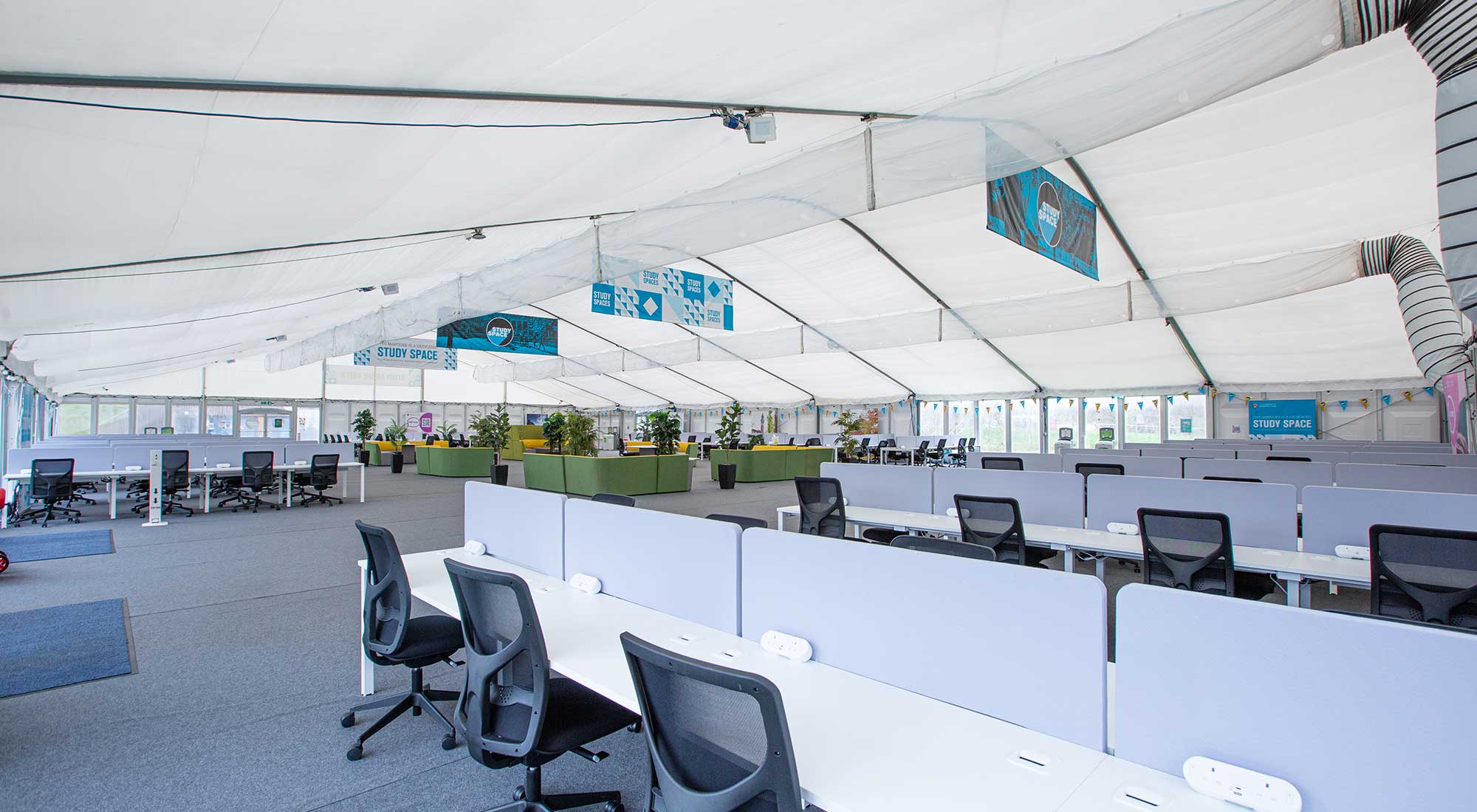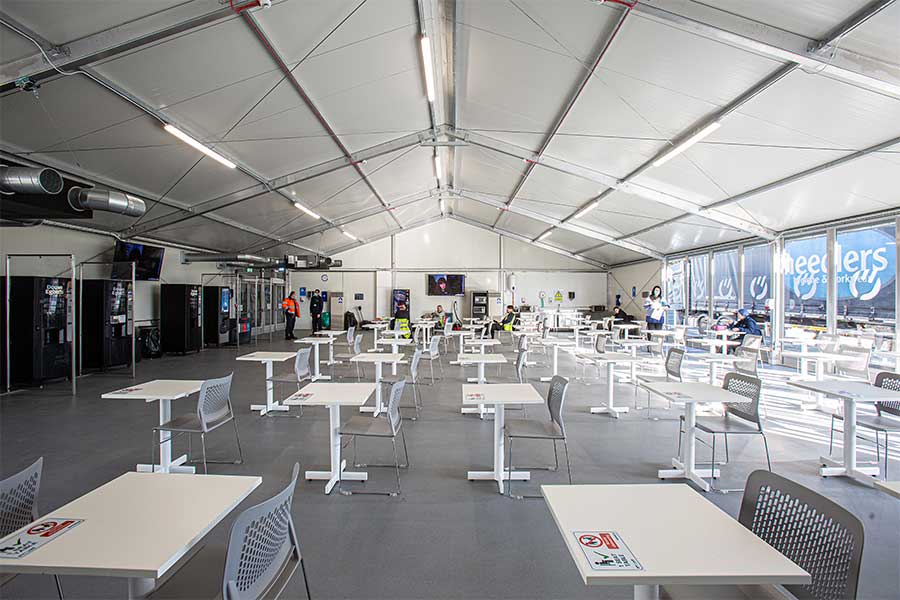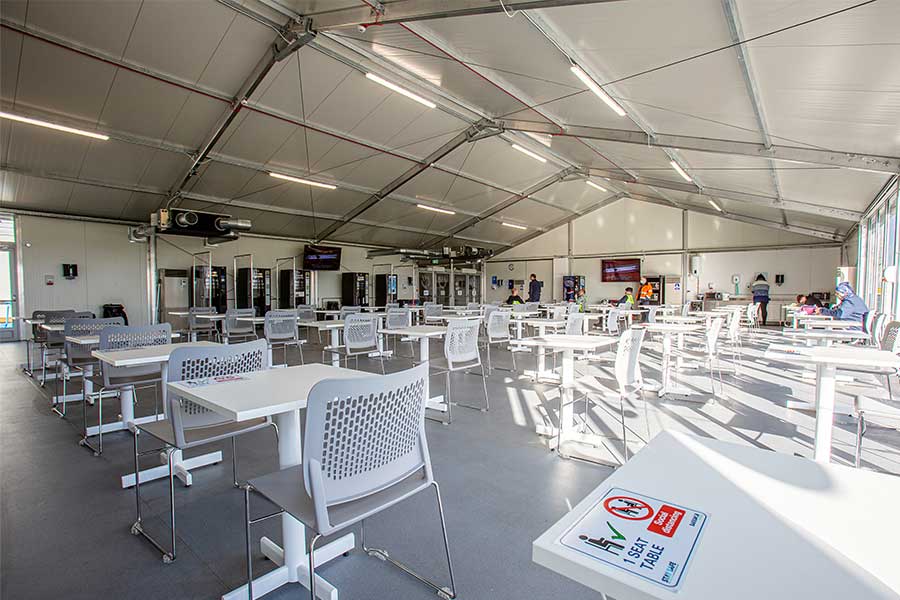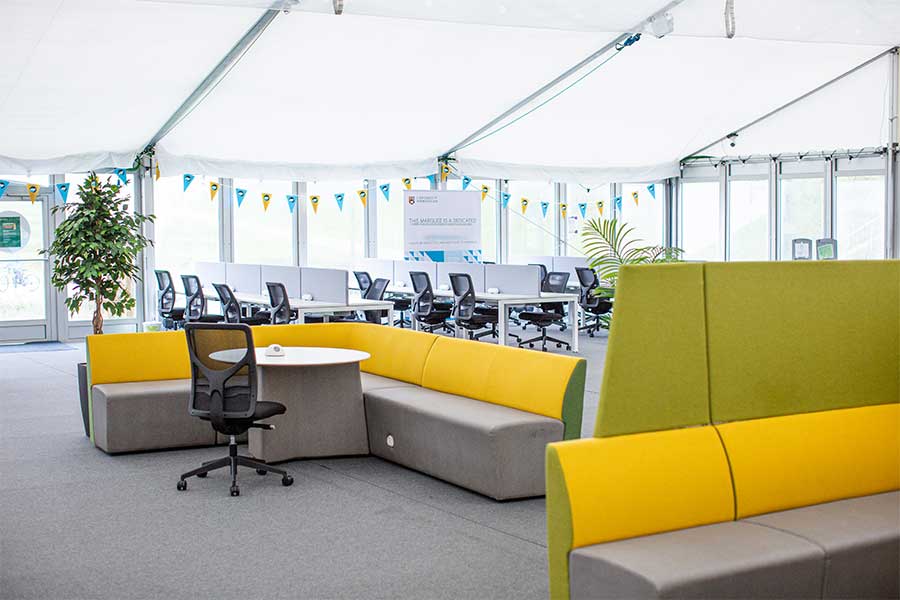
In the 1990s, structural engineers began to observe that RAAC concrete was not meeting its anticipated lifespan. This was evident through the material’s vulnerability to moisture absorption, resulting in weakening over time. Concurrently, the steel reinforcements within the concrete structures started to corrode due to moisture build-up. Recent reports of a roof collapse at a primary school in the UK prompted the UK Government property agency to declare that RAAC concrete has reached the end of its intended lifespan and is susceptible to collapse.
In light of recent disruptions in the education sector, including school and university closures attributed to RAAC issues, it has become evident that RAAC is not limited to educational institutions. It also affects various other types of structures, such as hospitals, public buildings, offices, factories, and theatres. Any building constructed using RAAC between the 1950s and the 1990s faces the unfortunate risk of potential disruptions.
It’s important to note that not all RAAC-constructed buildings are at equal risk of collapse. The level of risk varies based on the amount of RAAC present within specific areas of the structures. However, some of these structures still face the possibility of collapse, which could lead to closures and other disruptions. The government has emphasized the importance of continuous monitoring of these at-risk areas. In the meantime, many affected organizations are exploring temporary solutions to address potential issues.
Temporary buildings play a crucial role in providing additional and secure temporary space, offering effective solutions for facilities like offices, public buildings, hospitals, theatres, and factories. The flexibility of temporary structures is a key advantage, making them a preferred choice for organizations dealing with RAAC-related challenges. These structures can be customized in terms of size, relocated as needed, and adapted to various placement options. Their rapid construction times further enhance their effectiveness in addressing the RAAC crisis.
Fews can rapidly deploy temporary structures that offer secure and effective spaces for areas grappling with RAAC-related issues. With years of experience in collaborating closely with hospitals, schools, universities, factories, and public organisations across the country, Fews has a proven track record of providing temporary building solutions.
In the past, Fews has demonstrated its ability to operate effectively during times of crisis, such as the response to the challenges posed by COVID-19, where solutions were provided to mitigate the effects of the virus. Fews holds high levels of accreditation for work within these critical sectors and is dedicated to maintaining these standards to carry out essential and significant work.
Furthermore, Fews is committed to its sustainability goals and continuously seeks to enhance sustainability aspects, delivering not only suitable spaces but also sustainable temporary solutions.
Regarding cost considerations, Fews’ temporary buildings offer flexible rental options, recognising the unpredictable nature of these times and the varying timeframes within which these structures may be required.






